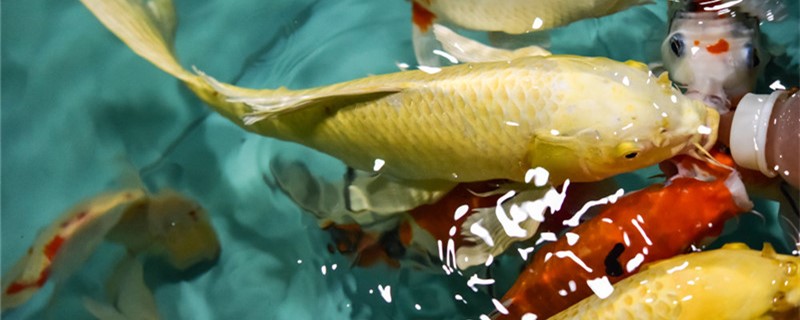
1, spring: In spring, it is the season that water temperature rises. When the water temperature is between 10 and 20 degrees, it is easy to breed some germs. In April and May, it is the high incidence period of Koi disease. It is mainly caused by microorganisms, such as enteritis, rotten gills and so on. In addition, when hatching, the main disease is saprolegniasis.
2. Summer: In summer, the water temperature is relatively high. When the water temperature is between 26 and 28 degrees, some microorganisms are not easy to reproduce. Therefore, the probability of Koi getting sick in summer will be slightly lower. However, there will also be some common microbial diseases in spring, such as gill rot, bleeding and so on.
3. Autumn: In autumn, when the water temperature drops gradually, there will be a period of time when koi are more likely to get sick, specifically when the water temperature is between 15 and 23 degrees. During this period there may be a large-scale morbidity of Koi, such as viral hemorrhagic disease.
4. Winter: When the water temperature is relatively low, the koi is not easy to get sick. However, if the water temperature is higher than 10 degrees, it is also prone to some diseases, such as saprolegniasis.
Before the disease occurs, it is best to do a good job of preventive measures, do not wait until after the disease occurs to treat. First of all, to strengthen the management of feeding, water quality must be good, we should pay attention to the usual work of changing water, do not wait for the water to be very dirty before changing, then it is easy to produce some diseases. Moreover, some disinfection measures can be taken regularly, such as sprinkling some bleaching powder into the water regularly in the disease-prone season to disinfect. Finally, if some koi have symptoms of disease, we must isolate and treat them in time.